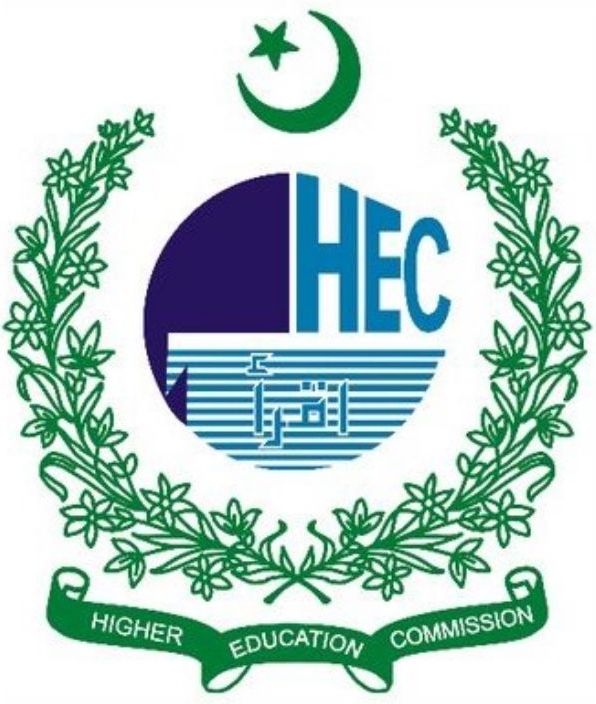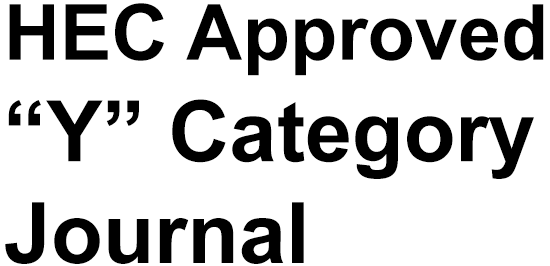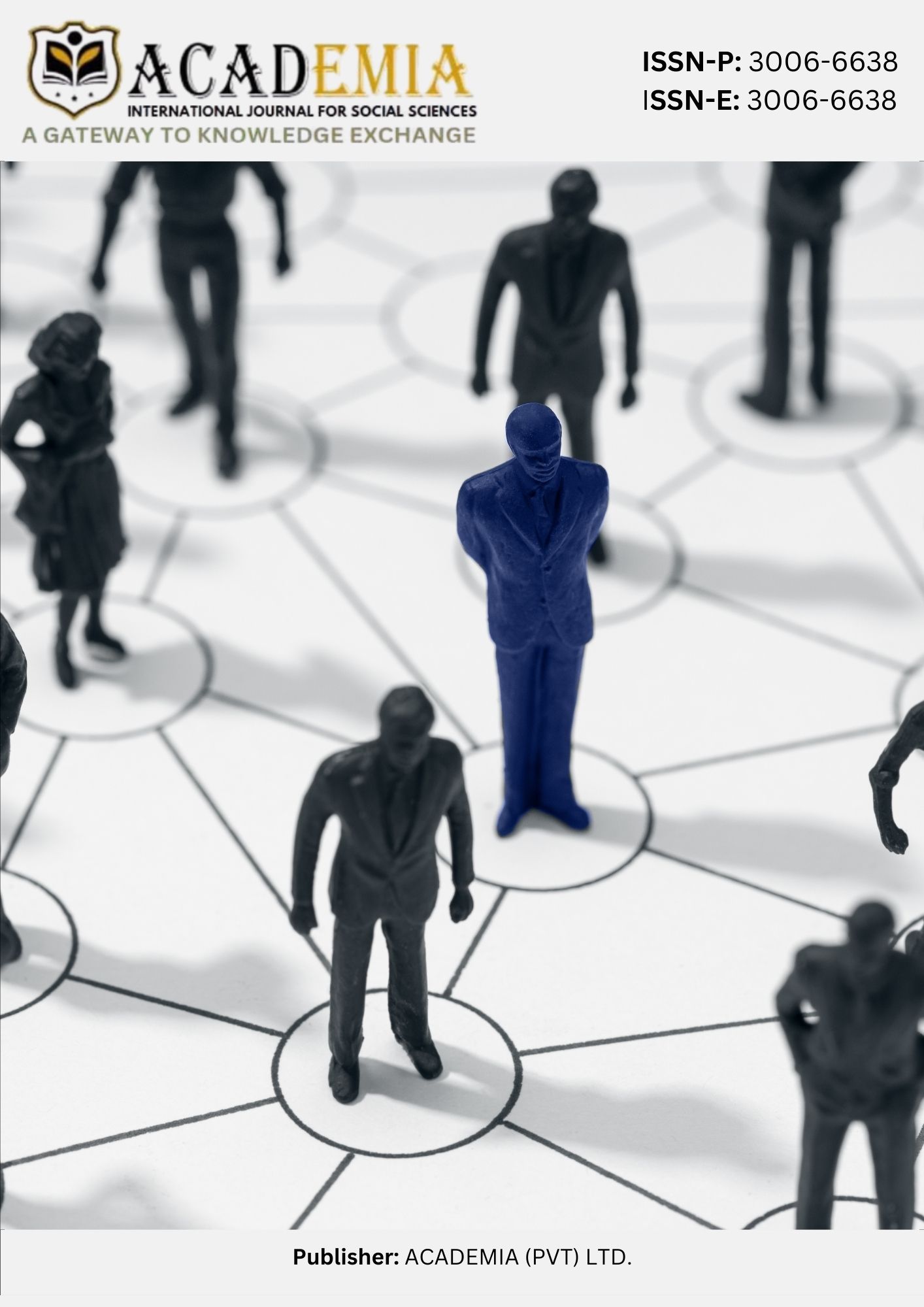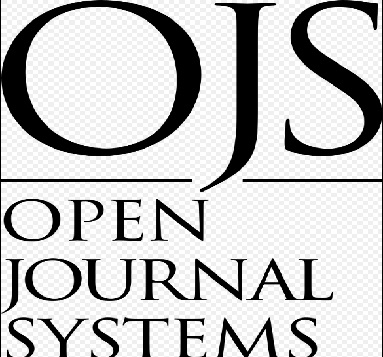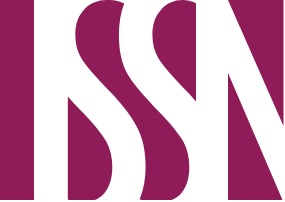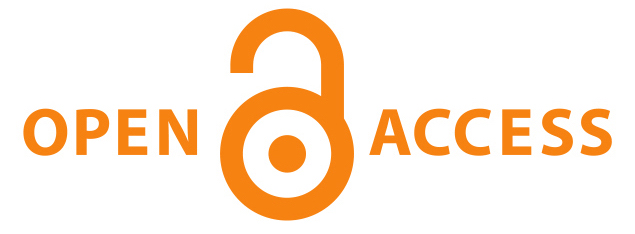An Analysis of Social Media Propaganda Campaigns in Shaping Public Opinion
DOI:
https://doi.org/10.63056/ACAD.004.03.0768Keywords:
social media, propaganda, public opinion, university students, critical thinking, social media use, effect on public opinion, propaganda distribution.Abstract
An Analysis of Social Media Propaganda Campaigns in Shaping Public Opinion," this paper explores how university students in Multan, Pakistan interpret social media sites including Facebook, Twitter, and Instagram. These sites offer, nevertheless, places for personal expression, they also are quite effective for disseminating knowledge. The study looks at how sensational and emotionally charged material could change people's viewpoints and impressions. Among the most active users, young adults are particularly susceptible to such material and so perfect candidates for propaganda. The research is grounded on the Propaganda Model created by Noam Chomsky and Edward Herman. This model investigates how elements such media ownership, advertising, news sourcing, flak, and ideological narratives impact media content and, hence, public opinion. Through algorithms, targeted advertising, and amplified narratives, it offers a structure for comprehending how these filters function on social media. Data for this study were gathered using a quantitative method by use of organised questionnaires distributed to three universities in Multan,300 randomly chosen students. Chi-Square and ANOVA were used in statistical analysis to evaluate how social media use affected sensitivity to propaganda. According to the results, sixty percent of respondents think that constant exposure to propaganda on social media shapes their views. Social media use and the dissemination of propaganda have a clear relationship shown by the Chi-Square test (p = 0.001). The ANOVA test (p = 0.001) indicates, meanwhile, that pupils with more education are more suited to spot propaganda techniques. The findings show how greatly public opinion may be shaped by social media, especially in politically sensitive times or around important events. This research emphasises the need of policies meant to counteract false information and advance consumers' critical thinking. Encouragement of users to actively interact with online content can help them become more conscious of deceptive narratives, hence guiding a more informed and discriminating public.
Downloads
Published
Issue
Section
License
Copyright (c) 2025 Amna Shakeel, Dr. Deeba Shahwar (Author)

This work is licensed under a Creative Commons Attribution 4.0 International License.


